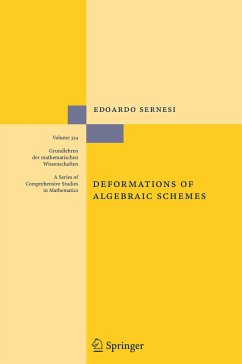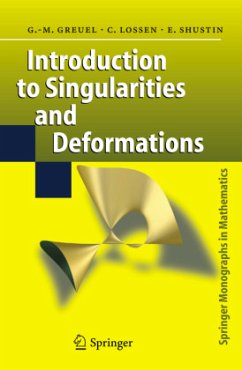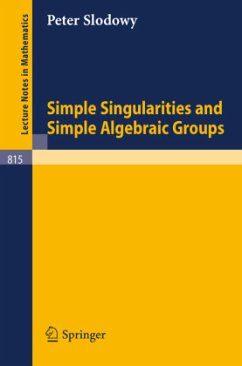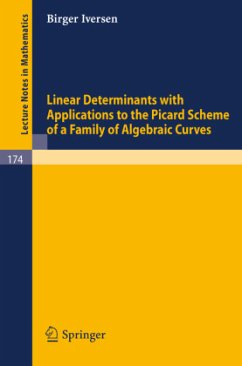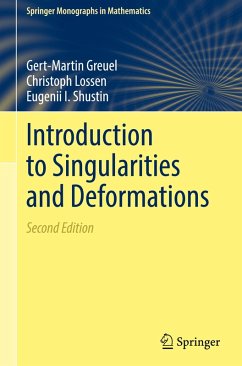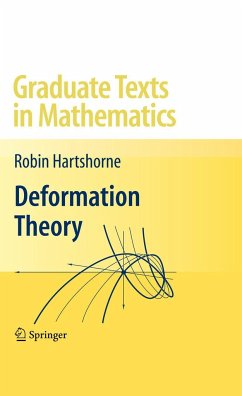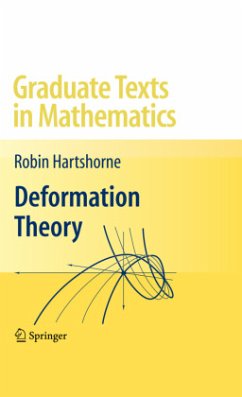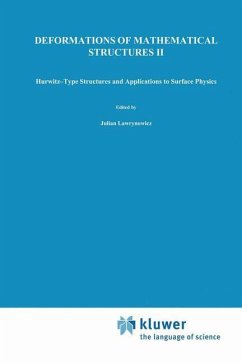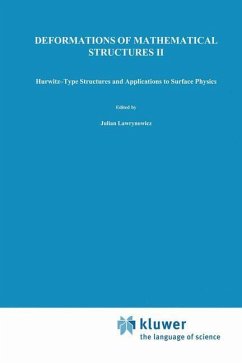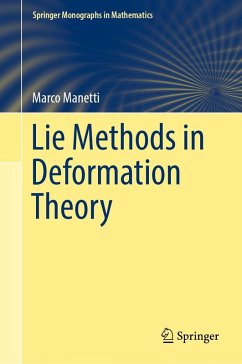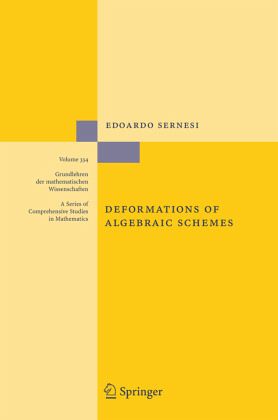
Deformations of Algebraic Schemes
Versandkostenfrei!
Versandfertig in 6-10 Tagen
106,99 €
inkl. MwSt.
Weitere Ausgaben:

PAYBACK Punkte
53 °P sammeln!
In one sense, deformation theory is as old as algebraic geometry itself: this is because all algebro-geometric objects can be "deformed" by suitably varying the coef?cients of their de?ning equations, and this has of course always been known by the classical geometers. Nevertheless, a correct understanding of what "deforming" means leads into the technically most dif?cult parts of our discipline. It is fair to say that such technical obstacles have had a vast impact on the crisis of the classical language and on the development of the modern one, based on the theory of schemes and on cohomolog...
In one sense, deformation theory is as old as algebraic geometry itself: this is because all algebro-geometric objects can be "deformed" by suitably varying the coef?cients of their de?ning equations, and this has of course always been known by the classical geometers. Nevertheless, a correct understanding of what "deforming" means leads into the technically most dif?cult parts of our discipline. It is fair to say that such technical obstacles have had a vast impact on the crisis of the classical language and on the development of the modern one, based on the theory of schemes and on cohomological methods. The modern point of view originates from the seminal work of Kodaira and Spencer on small deformations of complex analytic manifolds and from its for- lization and translation into the language of schemes given by Grothendieck. I will not recount the history of the subject here since good surveys already exist (e. g. [27], [138], [145], [168]). Today, while this area is rapidlydeveloping, a self-contained text covering the basic results of what we can call "classical deformation theory" seems to be missing. Moreover, a number of technicalities and "well-known" facts are scattered in a vast literature as folklore, sometimes with proofs available only in the complex analytic category. This book is an attempt to ?ll such a gap, at least p- tially.





